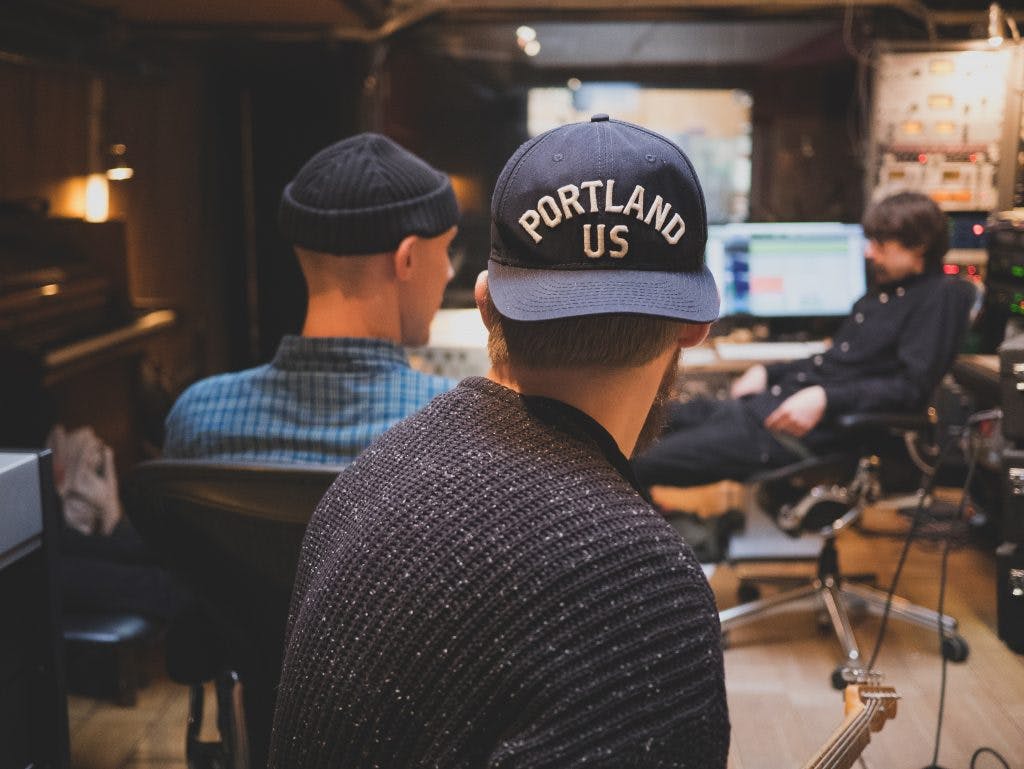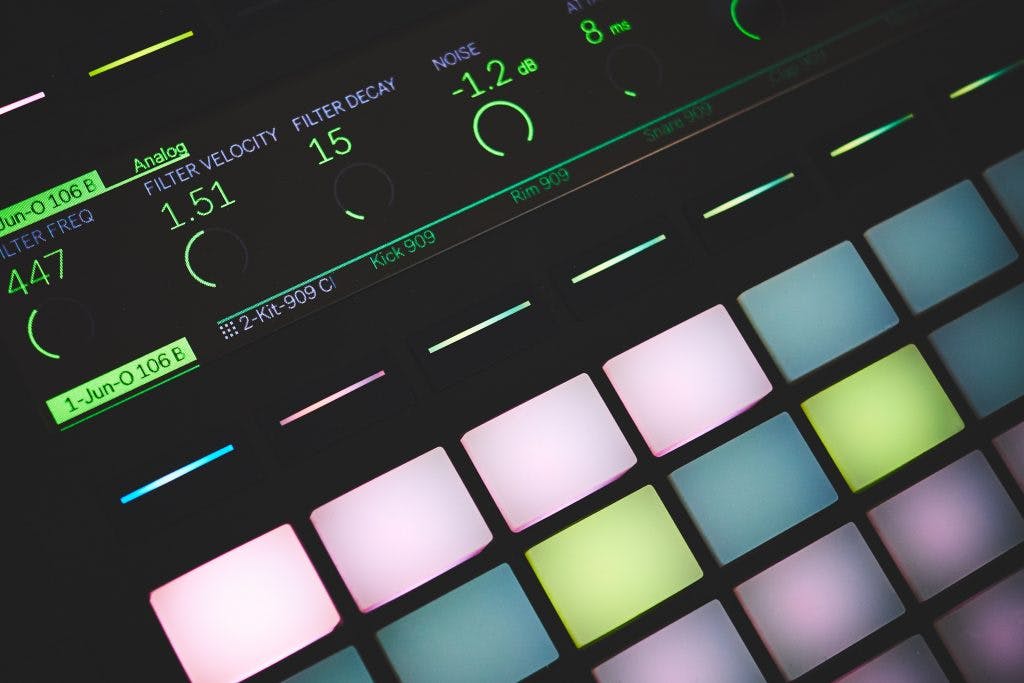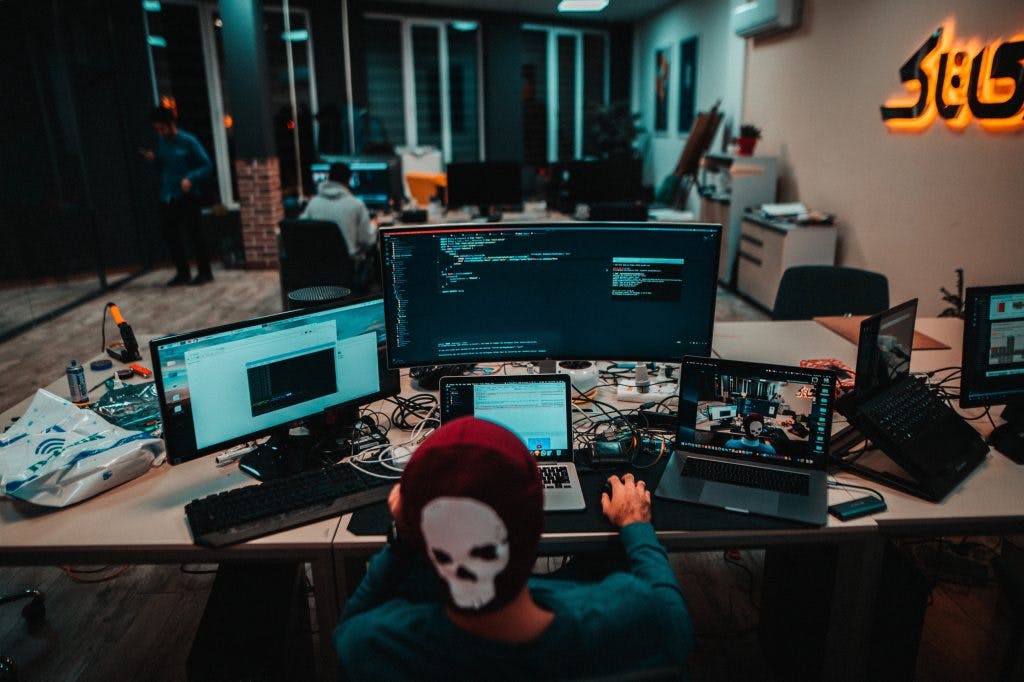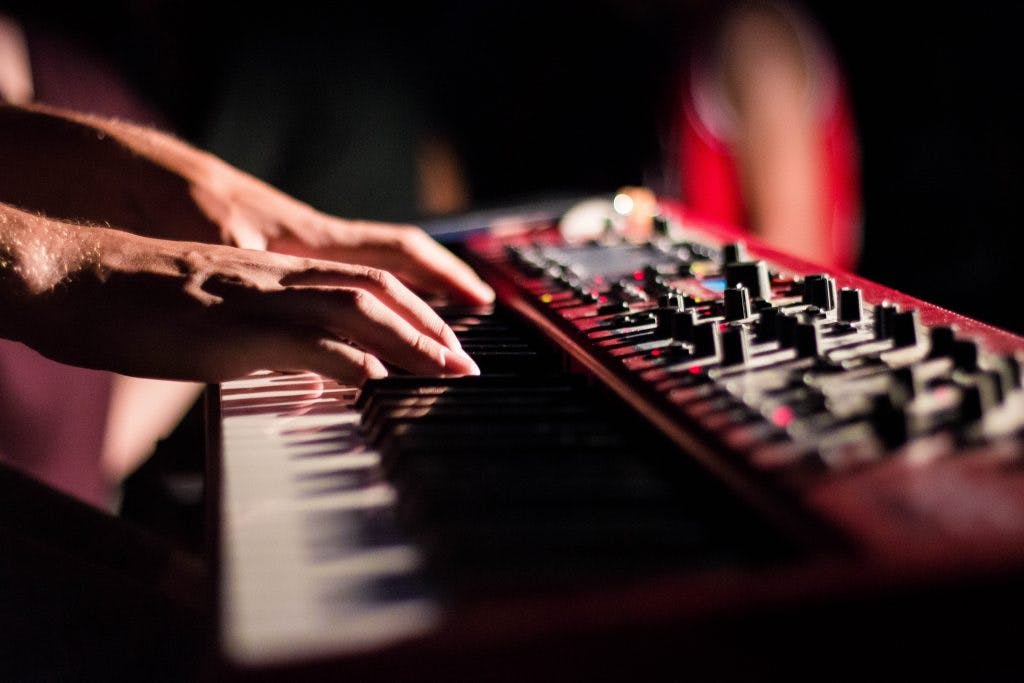Play more, tweak less
*please note, that's tweak less, not twerk less, you may continue to twerk as normal. 🎶
Music production - the art of producing a musical recording, is a combination of, wait for it, music and ... production.
Back in’ daaay (pronounced with a Yorkshire accent if you’re British, if you’re from elsewhere this will be entirely lost on you, sorry), different people often carried out these different roles. Musicians played the instruments and engineers recorded, mixed and created the physical recordings.

Now, it’s possible to do music production entirely on your own, so you can assume the role of both musician and engineer. The computer has taken away some of the heavy lifting on both sides, making some of the musical and the engineering tasks quicker and in some cases easier.
Computers also enabled a new way to make music - programming. It has become possible to create music with an engineers approach, instead of relying on hand-eye co ordination or the development of physical skills, music can be programmed through hardware and digital interfaces and even through writing code.

This has helped spawn entirely new genres like Techno and Drum and Bass and made new types of music and sound possible that could never be performed directly through a keyboard or other physical input.
Music programming not only gives control over melodies and rhythm, but also over sound itself. Through synthesis and sampling, almost any conceivable sound can be programmed and manipulated and entirely new sounds created. It is now present in the vast majority of recorded music in one way or another. It’s incredibly powerful, accurate and can produce almost any sound, rhythm or melody that you can conceive.

When programming replaces playing as a form of making music, it changes the process in which music is made and this can have both positive and negative effects. It’s simply a different process. What is gained in power, functionality and flexibility is offset to a degree by a loss in reactive, instinctive and physical music creation. Of course this varies in person to person, but the two approaches are distinctly different.
Understanding the benefits and the costs of both approaches can help you create a workflow that is more tailored to what makes you feel happy and fulfilled as a music producer. Making space for both approaches and being intentional about how, why and when you use them can help you enjoy making music more and in turn help you make better music.

It’s easy to follow the path of least resistance. If you are not trained to play piano or keys, it might be easier to draw MIDI notes with a mouse, however you might also be missing out on a whole realm of opportunity and enjoyment that is gained from playing music. Equally, if you come from a background as a musician, learning the more technical fundamentals of music production might seem like too much effort, but might also enable you to do amazing new things.
There’s no right or wrong way to make music. As a company who makes products for music producers, here at Noiiz we’re focused on building things that encourage play, but have enough technical control and power to enable you to create whatever your imagination dictates.
We feel that in the music software world, products have been more focused on the technical, programming side of music production and less on the intuitive, playing aspects. Our aim is to bring the focus back to the musical side of things and make things that help you nurture your instinctive subconscious mind a little more than your logical thinking mind.
It’s worth noting that the distinction between programming and playing isn’t clearly defined and there is certainly some overlap. In this instance we’re referring to programming as a process where controls are configured asynchronously so that sound can be automatically reproduced later and playing as a process where physically changing a control or playing a note instantly results in music.
Next time you make music with your computer, save a little energy for playing, enjoying the moment and having fun. The more you do it, the better you’ll get and the more fun you’ll have. Give your thinking mind a rest and let your subconscious self loose!😀
.....